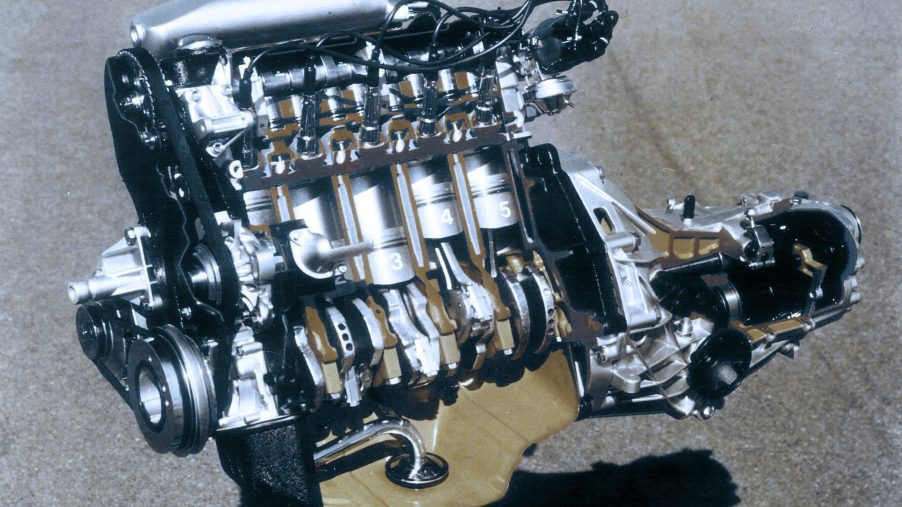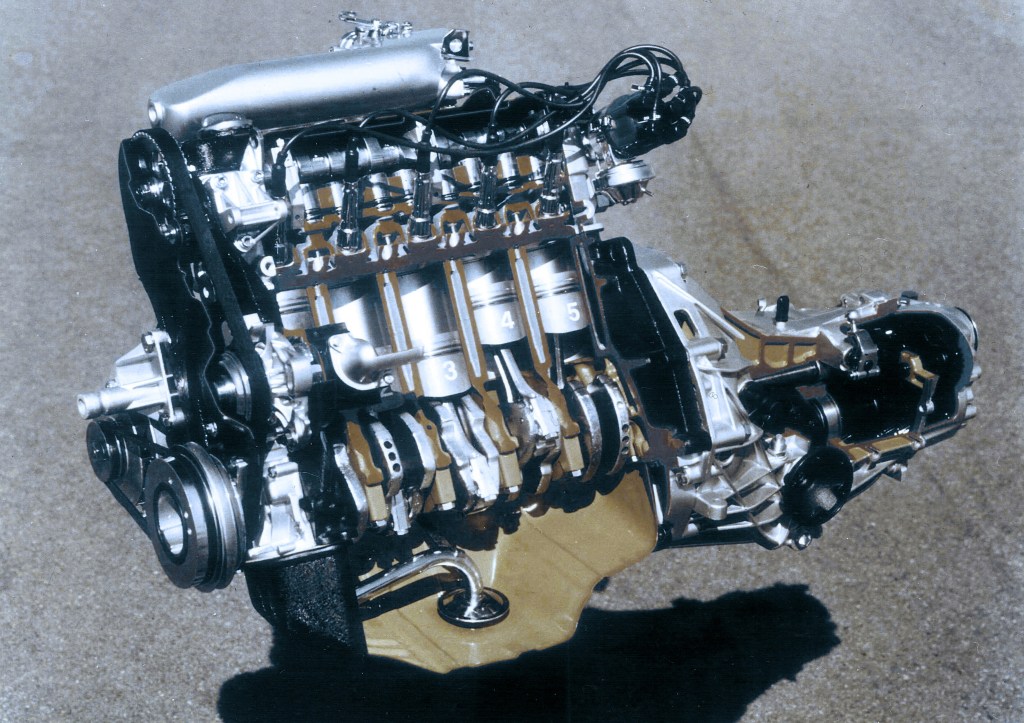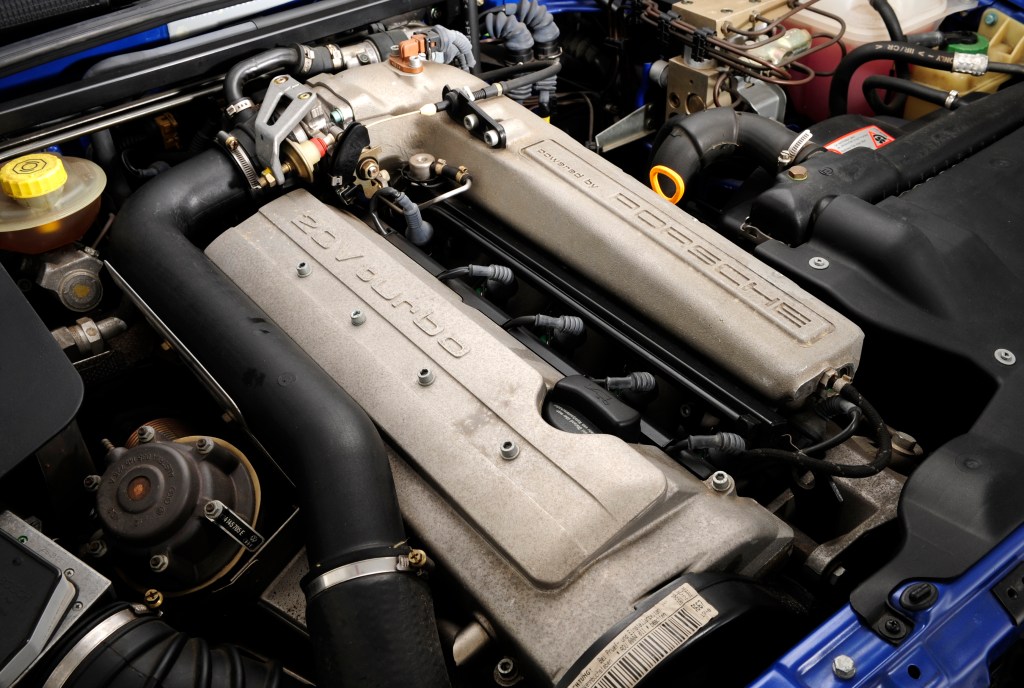
The Best Audi Engines Have Five Cylinders
Though Audi wasn’t the only automaker to produce a five-cylinder gasoline powertrain, they were actually the first. Throughout the ’80s and ’90s, this unconventional engine demonstrated its effectiveness many times over, in the crucible of motorsports. Among enthusiasts, the format has developed a following for its smooth yet ample power, durability, and truly unique sound.
Why did Audi make a five-cylinder engine?

In 1976, Audi introduced the world’s first gasoline five-cylinder engine in a production car. The number of pistons wasn’t an arbitrary decision, but one of necessity according to Peter Leitner, who designed the original engine at Audi. Endeavoring to make more power than its four-cylinder motors allowed, the company’s engineers ran into a problem. German laws had very specific requirements when it came to engine building.
“They had a cylinder distance – was very long-time strict law – it was 88 millimeters said Ulrich Baretzky, Audi Sport Head of Engine Development. “And 88 millimeters didn’t allow you to make a very big bore, so the only way to make a larger capacity of an engine was to add a cylinder or two.”
With the available space, adding two cylinders wasn’t optimal, so they decided to add just one to the EA827 inline-four. The result was a 2.1-liter five-cylinder with 136 hp in its original naturally-aspirated form. As time went on, the need for even more power led Audi to apply the latest 1970s fad: turbocharging.
Inline-fives and quattro AWD shake up the racing world

With forced induction, the Audi inline-five really came into its own. Power jumped to 170 hp, with 195 lb-ft of torque, in the flagship 1979 Audi 200 5T. About the same time, the company was perfecting its revolutionary quattro all-wheel drive coupe. With turbocharged and intercooled inline-fives now making over 200 hp, Audi entered the World Rally Championship in 1980.
By 1982, Audi won the manufacturer’s title and one year later Hannu Mikkola drove the quattro to a WRC driver’s championship as well. At the end of its stage rally career in 1986, the turbo inline-five was making nearly 600 hp with an improved DOHC 20v cylinder head. Audi developed the engine further in road racing, where the 200 Trans-Am and IMSA 90 GTO made as much as 720 hp. All the while, engine displacement never went above 2.2 liters.
Meanwhile, production cars like the Audi S2, S4, and S6 were also using the improved 20v turbo inline-five. It was under-stressed and hardly broke a sweat at 227 factory hp. With a performance ECU tune, exhaust, and intake 300 hp was easily attainable on the stock K24 turbo. The ultimate version came in collaboration with Porsche, on 1995’s RS2 Avant. Sporting a larger turbo, injectors, and upgraded cams, the RS2 wagon made 315 hp and did 0-60 in 4.8 seconds. After ending production of the 20v AAN motor with the S6 in 1997, Audi took a break from inline-fives.
Does Audi still make a five-cylinder?
Thankfully, the company revived the format in 2009 with the TT RS, which received a new 2.5-liter variant with 340 hp. Since then, Ingolstadt has continued to produce the five-cylinder and the latest version in the 2022 RS 3 is making over 400 hp. Because engineers kept the original 1-2-4-5-3 firing order, the new ones have even retained the signature engine note so beloved by Audi fans.


